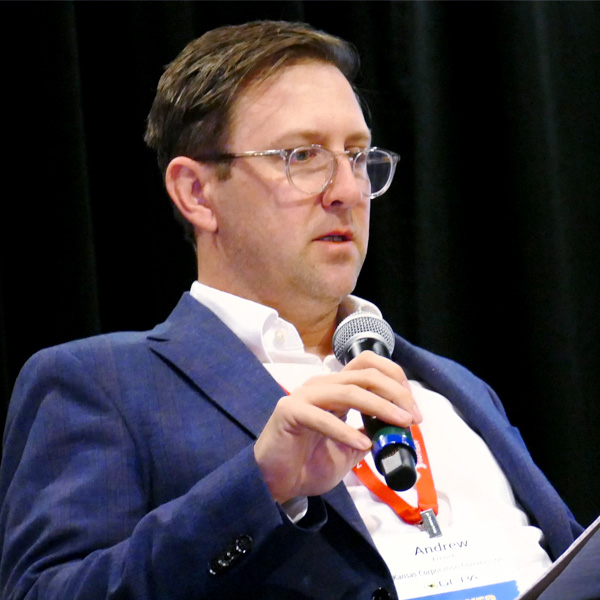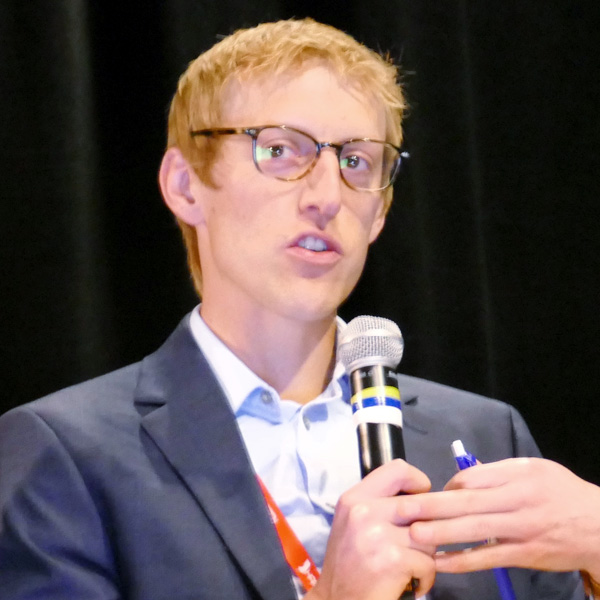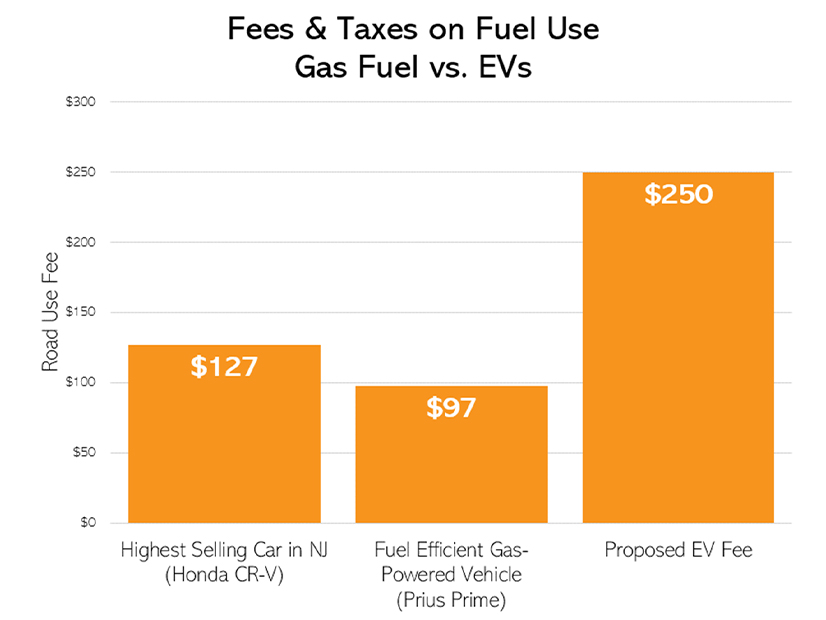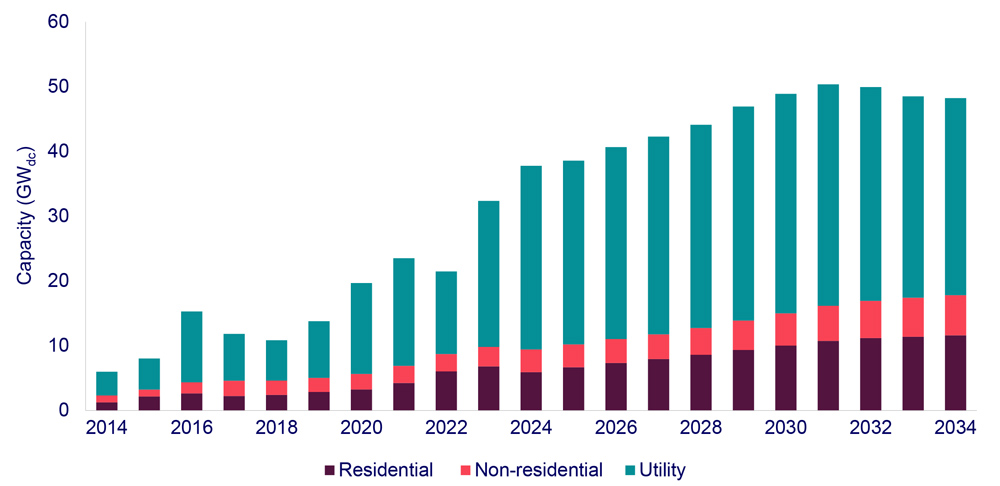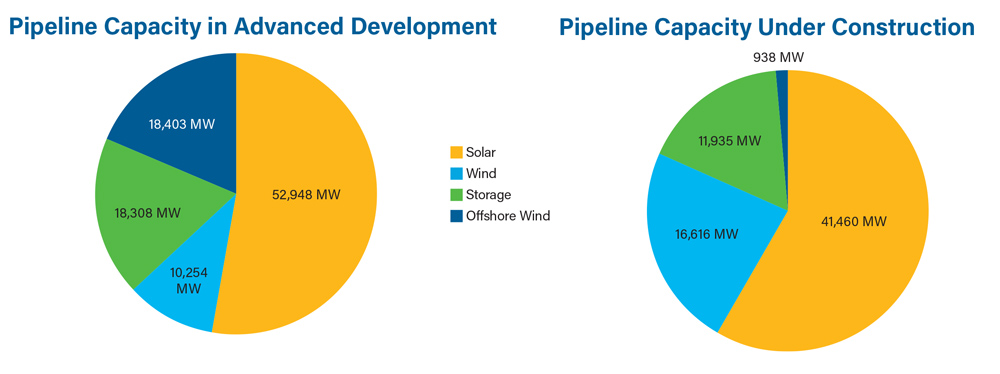FERC has issued an order partly approving rule changes CAISO filed to its tariff that are meant to enable its participation in the Extended Day-Ahead Market (EDAM) once it goes live (ER24-379).
The EDAM tariff is the largest and most complex suite of software enhancements since CAISO’s market redesign and technology upgrade almost 15 years ago, and it requires the ISO itself to change its internal rules to participate smoothly.
On March 7, FERC accepted all of the proposed rules except for the proposal to calculate EDAM historical revenue recovery, which drew a protest from Southern California Edison.
EDAM participation might affect the allocation of revenues that transmission owners get for using their transmission system, and the ISO proposed an “EDAM access charge” to recover any shortfalls relative to historical revenues.
The charge is designed to recover three types of costs: foregone historical transmission revenue from sales of short-term firm and nonfirm transmission products under the transmission service provider’s tariff; any new lines that get approved to increase transfer capability between EDAM entities based on the proportional ratio of historical short-term sales to overall historic transmission revenues; and foregone revenues for the use of the grid when wheeling through transfer volumes in a balancing authority are greater than total import and export transfer volumes for it.
SCE did not take issue with the three allocation components for calculating revenue, but it protests the inclusion of “subscriber” participating transmission owners or other PTOs in the allocation of EDAM recoverable revenue.
The subscriber PTO model allows developers building lines to bring renewables from out of California that are not picked by the ISO’s planning process by signing up “subscribers” who will pay for the transmission line, which would be controlled by the ISO once operational. (See CAISO Board OKs Plan to Admit Subscriber-funded Transmission Lines.)
The subscriber model is new, so none of them will have historical costs and they would not provide transmission service because the ISO does that, SCE said.
SCE also argued the rules would provide windfalls to any subscriber PTOs just because they exist. CAISO argued it has limited the rules so subscriber PTOs will not get any undue revenue.
FERC did not weigh in on the dispute, but having rejected a related rule in the EDAM filing, it also rejected the historical cost recovery proposal without prejudice so something could be refiled after the marketwide rules are worked out. (See CAISO Wins (Nearly) Sweeping FERC Approval for EDAM.)
FERC accepted the other rules revisions, including settling transfer system resources, settling transfer revenue, settling EDAM resource sufficiency evaluation failure surcharges and enabling the net EDAM export transfer constraint.
The Department of Market Monitoring told FERC the net export transfer constraint limits were well designed to prevent the shifting of the responsibility for load curtailment from one EDAM participant to another. The method must allow enough flexibility to cover the dynamic nature of other EDAM entities’ load and resource uncertainty, DMM said.
